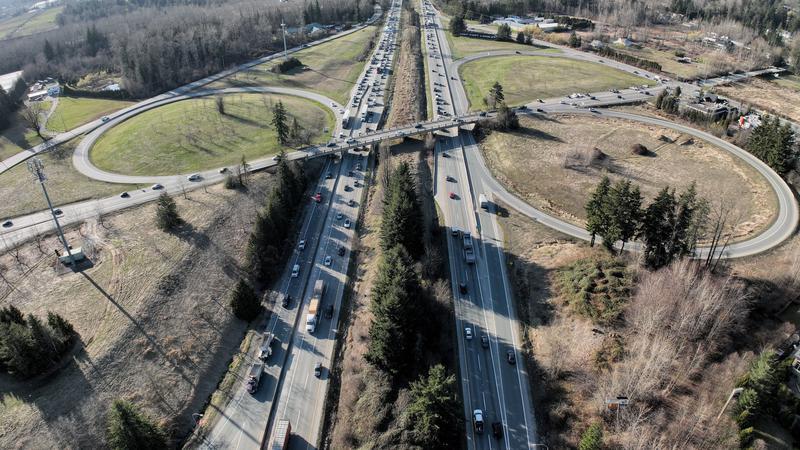
B.C. govt. says Highway 1 widening through Fraser Valley will start this summer
FRASER VALLEY — The B.C. government announced Thursday (May 23) that the next stage of improvements to Highway 1 in Langley will begin this summer, but no completion end date was included in Thursday’s press release from the government.
According to a news release from the province, high-occupancy vehicle (HOV) lanes will be added, accompanied by a new interchange at 232 Street as part of the government’s Fraser Valley Highway 1 Corridor Improvement Program.
“We’re set to start major construction this summer to widen Highway 1 between 216th and 264th streets and upgrade another essential crossing at 232nd Street,” said Rob Fleming, B.C.’s Minister of Transportation and Infrastructure. “This is important progress in our plans to improve and widen Highway 1 through to Chilliwack, so we can improve travel and transit services for people in the Fraser Valley.”
While the government claims that Highway 1 will be widened through to Chilliwack, current plans only call for improvements through to exit 109, Yale Road West, west of town and not through to the Lickman Road and Vedder Road interchanges. The B.C. government has also not issued any kind of firm date when these improvements through to exit 109, Yale Road West, might be completed.
